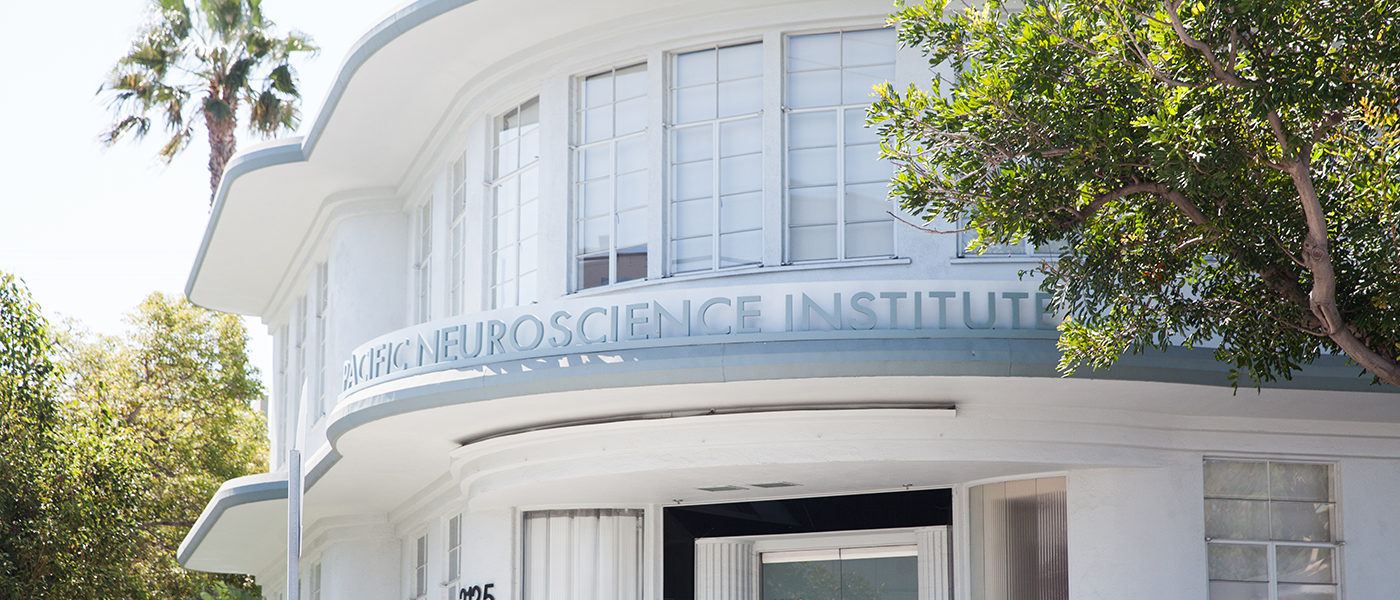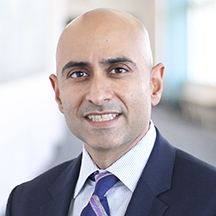
Cancer Related Facial Paralysis
What is Cancer Related Facial Paralysis?
Cancer-related facial paralysis refers to the loss of movement or weakness on one side of the face due to the presence of cancer or its treatment affecting the facial nerves. The facial nerves, particularly the facial nerve (cranial nerve VII), control the muscles of the face, allowing for expressions such as smiling, frowning, and closing the eyes.
Several factors can contribute to cancer-related facial paralysis:
- Tumor Invasion: Cancerous tumors, particularly those affecting the head and neck region, can invade and damage the facial nerves directly.
- Surgery: Surgical procedures to remove tumors may inadvertently damage the facial nerves, leading to facial paralysis.
- Radiation Therapy: Radiation treatment for cancer in the head and neck area can damage healthy tissues, including the facial nerves, leading to facial paralysis.
- Compression: Tumors or swollen lymph nodes can exert pressure on the facial nerves, affecting their function.
Symptoms of Cancer Related Facial Paralysis
- Weakness or Drooping: One side of the face may appear weaker or droop, affecting the ability to smile or close the eye on that side.
- Loss of Facial Expressions: The ability to make certain facial expressions may be impaired or lost.
- Difficulty Eating and Drinking: As the muscles controlling the mouth are affected, eating and drinking may become challenging.
- Speech Difficulties: Changes in the muscles responsible for speech may lead to difficulties in articulation.
- Eye Problems: The eye on the affected side may not close fully, leading to issues with eye protection and dryness.
Management of cancer-related facial paralysis may involve a multidisciplinary approach, including oncologists, surgeons, and rehabilitation specialists. Treatment options may include surgery to repair or graft nerves, physical therapy, and supportive measures to manage symptoms and improve the patient’s quality of life. The specific approach depends on the underlying cause, the extent of nerve damage, and the overall treatment plan for the cancer.
What is radical parotidectomy?
The parotid gland is one of the major saliva producing glands in the face. The facial nerve travels through the parotid salivary gland and is therefore at risk during surgery to remove tumors of the parotid gland. Using special nerve monitors, the facial nerve is typically preserved. However, in cases that involve malignant tumors where the gland and nerve are both affected, a radical parotidectomy is performed.
A radical parotidectomy is a complex procedure that involves purposefully removing part of the facial nerve along with the entire parotid gland. In cases where the risk of cancer spread is high, it may also include neck dissection to remove lymph nodes that are involved.
When radical parotidectomy is performed there is 100% certainty that a patient will develop facial paralysis and significant contour deformity immediately after surgery. Therefore, in radical parotidectomy related facial paralysis, the best time to perform reconstruction with facial reanimation is simultaneously. If this is not possible, it is essential that you speak with an expert in facial reanimation immediately after to create a plan to manage the paralysis and facial deformity.
What causes facial paralysis related to radical parotidectomy?
Radical parotidectomy is typically performed to remove malignant tumors that either arise in the parotid salivary gland or that metastasize to it.
Examples of tumors that can travel to the parotid gland usually start as skin cancers on the scalp or face. These include basal cell carcinoma, squamous cell carcinoma and melanoma.
What are the symptoms of facial paralysis related to radical parotidectomy?
Patients undergoing radical parotidectomy may or may not have facial paralysis before surgery. If there is facial paralysis in part or over the entire face prior to surgery, it is extremely important to ensure that the eye is protected to prevent vision loss.
Facial nerve paralysis immediately after radical parotidectomy will include the following:
- Complete facial paralysis
- Inability to blink or close the eye
- Inability to smile
- Inability to chew food properly on the paralyzed side
How can facial paralysis related to radical parotidectomy be treated?
Acute treatment for facial paralysis related to radical parotidectomy
For patients undergoing radical parotidectomy, our expert facial reanimation surgeons recommend simultaneous reconstruction of both the facial nerve and parotidectomy defects. This includes sophisticated nerve reconstruction using grafts taken from other parts of the body (i.e. sensory nerves such as the sural nerve, or motor nerves such as the nerve to vastus lateralis muscle).
These can be used to connect the proximal and distal nerve stumps. In addition, nerve transfers using nearby nerve branches may also be performed (i.e. nerve to masseter or hypoglossal nerve).
Since it takes at least 3-6 months for the nerve grafts to begin working, our facial reanimation surgeons also perform tendon transfers/slings that can help to achieve symmetry immediately after surgery and movement of the lower face/smile in as little as 6 weeks. Often this can be done in combination with the nerve transfers at the time of surgery.
Lastly, in select patients, complex microvascular reconstruction can also be performed using vascularized fat from the thigh to repair the soft tissue defect left after removal of the entire parotid gland.
Immediately after surgery, it is also important to protect the eye and prevent visual loss. This involves using a moisture chamber, artificial tears, and lubrication. After a few weeks, once the swelling has resolved, we recommend brow lifting, upper eyelid weighting, and lower eyelid tightening.
Delayed treatment for facial paralysis related to radical parotidectomy
Delayed treatment for facial paralysis related to radical parotidectomy varies. This is based on the length of time since paralysis onset/surgery, whether or not radiation was performed after surgery, and if the patient has any other medical conditions that affect their overall health.
In some cases, patients may be eligible for immediate reconstruction that is similar to acute repair of radical parotidectomy defects.
However, if the paralysis occurred more than 1 year prior and the health of the facial nerve and muscles are in question, other options may be recommended. Based on patient history, physical exam, and diagnostic testing, our expert facial reanimation surgeons will create a unique patient specific treatment plan for you.
Example treatments may include:
Radical parotidectomy doctor and specialist
Facial Nerve Disorders Program Director and Otolaryngologist, Dr. Amit Kochhar, has over ten years of experience managing patients with facial paralysis. He treats and is accepting new patients from all over California, Arizona, Nevada, Oregon and Washington.
Meet Dr. Kochhar

In-Person or Virtual Video Visit
Our specialists have consultation openings for new patients.
